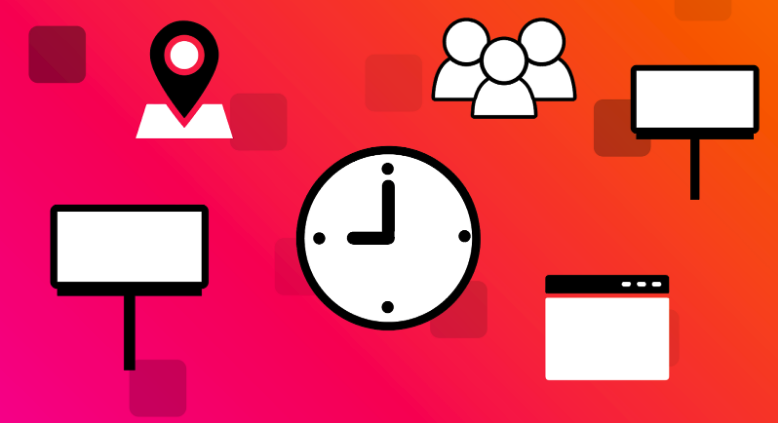The History & Future of Programmatic OOH

Where Did Programmatic Start?
True online-based programmatic ad buying, in the sense of having a demand-side (advertisers wanting to place ads in front of potential customers) and a supply-side (places for advertisers to put their ads), didn’t officially start until 2007 when Yahoo launched Right Media. Which later fizzled out in 2014. Around the same time (2007 – 2010) Google AdEX, Microsoft AdECN, AdMeld, PubMatic, The Rubicon Project, and Open X all started building software that worked as a DSP, an SSP, an ad exchange, or some combination of the three.
Since then, online auction-based programmatic buying has become extremely popular for buying ads across websites, social media, and other online platforms. But the industry has always been plagued with false views and clicks. The truth is, the advertiser never truly knows what their data looks like since it’s estimated to contain up to 33% of fraudulent “bot” views and or clicks. Unless it has been verified by third-party sources who specialize in weeding out the fake from the real.
This industry will surely be around for a long time, however, with advertisers having alternatives for programmatic ad buying I’m certain their popularity will fluctuate.
Programmatic OOH History & Future
Since advertisers loved the convenience of buying their ads online and in their budget, it was only a matter of time until Digital Out of Home (DOOH) was connected in the supply-side and made available to demand-side platforms. DOOH media includes digital billboards, digital screens in airports or shopping malls, gas station screens and more.
Broadsign, perhaps the first programmatic ooh platform, launched over a decade ago in Canada, followed by Vistar in 2012. Adomni (one of the largest and more popular networks, launched in 2015.

Adomni now hosts nearly 100,000 screens available to advertise on – with the click of a button, reaching millions of viewers daily. That’s quite a feat considering programmatic OOH is still growing.
The future is bright for the programmatic out of home advertising industry. There is no threat of false views or clicks here, since all of out of home screens are in the real world and 100% viewable. As more and more billboards and screens are connected and more advertisers start to utilize this industry, growth will continue. OOH, in general, has been on a steady growth pattern and is projected to grow 12% in ad spend by 2020.
For more information about joining the supply side or demand side of programmatic out of home, contact Adomni here.

